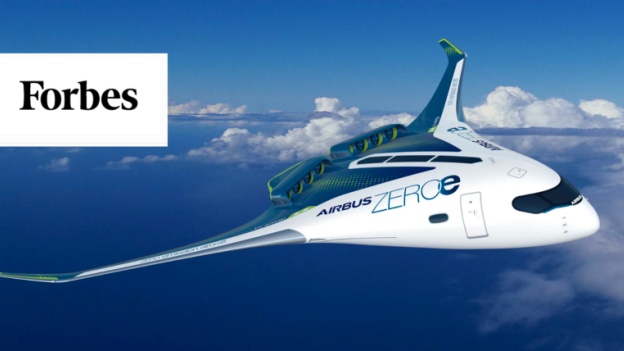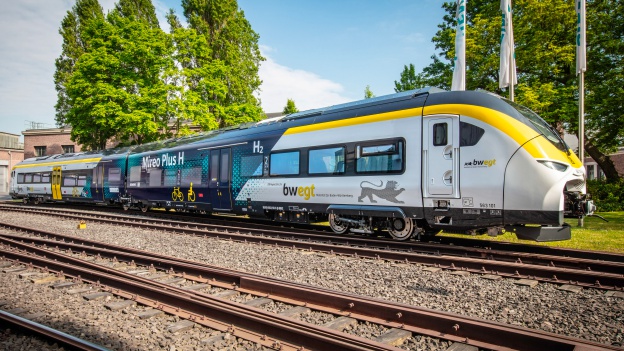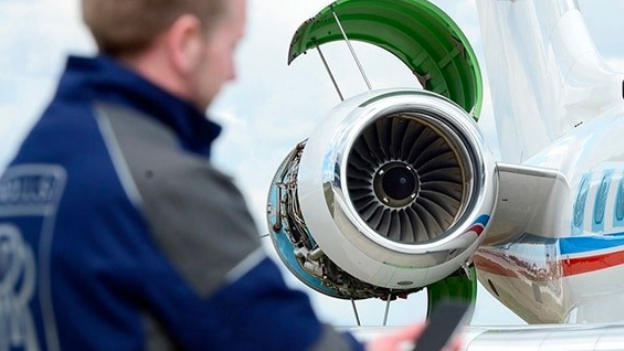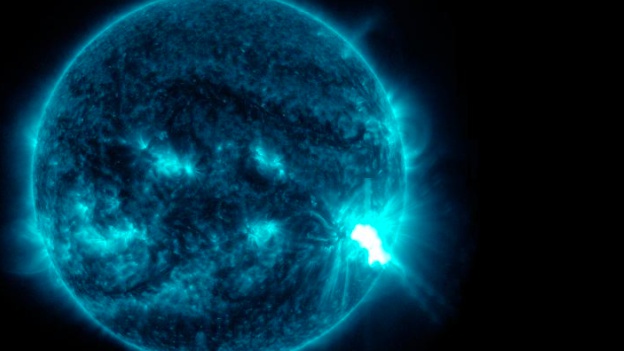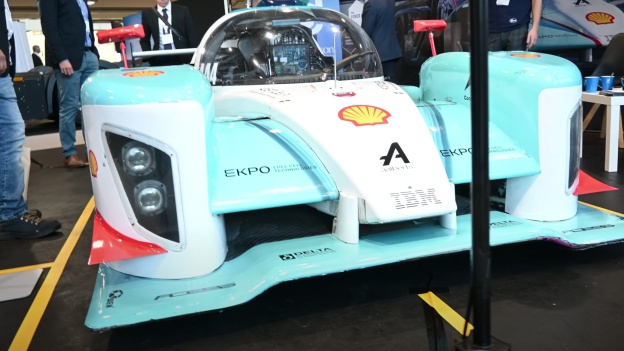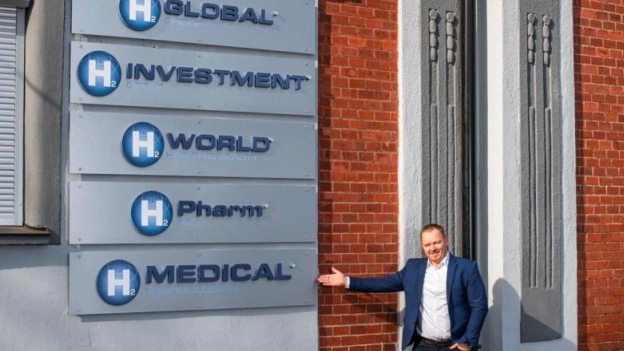The Swiss company Stadler has scored again. Its Flirt H2 train has achieved a Guinness World Record for the longest distance of 1,742 miles (2,803 km) without refilling hydrogen or recharging the battery. The journey took place on 20 March on a special test track in Colorado, USA, and lasted more than 46 hours.
The train is undergoing testing at the Colorado circuit, at the end of which Stadler representatives invited a team of Guinness Book of World Records judges to assess the train's reliability and capabilities.
The unit is destined for San Bernardino County, California, and will be the first hydrogen-powered passenger train in the US. Stadler has a framework agreement with the State of California for up to 25 hydrogen units.
Stadler US CEO Martin Ritter said that the company is focused on the future of rail transport with alternative propulsion and is continually striving to develop new technologies.
„By using hydrogen as a clean energy source, we are actively contributing to environmental protection and shaping the sustainable and emission-free transport of tomorrow,“ Ritter added.
For testing purposes, Stadler has developed a solution by integrating fuel cells and hydrogen storage systems into the modern Flirt suburban train product line. Prior to testing in Colorado, the hydrogen train was tested in Switzerland.
For Stadler, this is the second Guinness World Record after its FLIRT Akku battery train achieved the longest run with a battery pack in 2021. It covered 224 km in Germany.
Stadler unveiled the hydrogen Flirt at InnoTrans 2022 in Berlin as a result of a collaboration with the San Bernardino County Transportation Authority. The unit consists of two electrically powered tail cars and a genset in the middle. The genset contains fuel cells and hydrogen tanks. The fuel cells convert the hydrogen into electricity.
The electricity is sent to a traction converter and the battery then supplies the energy needed to power the vehicle. In addition to the energy from the hydrogen cells, the battery also stores the energy recovered during braking. The train offers 108 seats and has a maximum speed of 130 km/h.
Source - H2-view.com, zdropravy.cz
Photo - source - Stadler Rail












